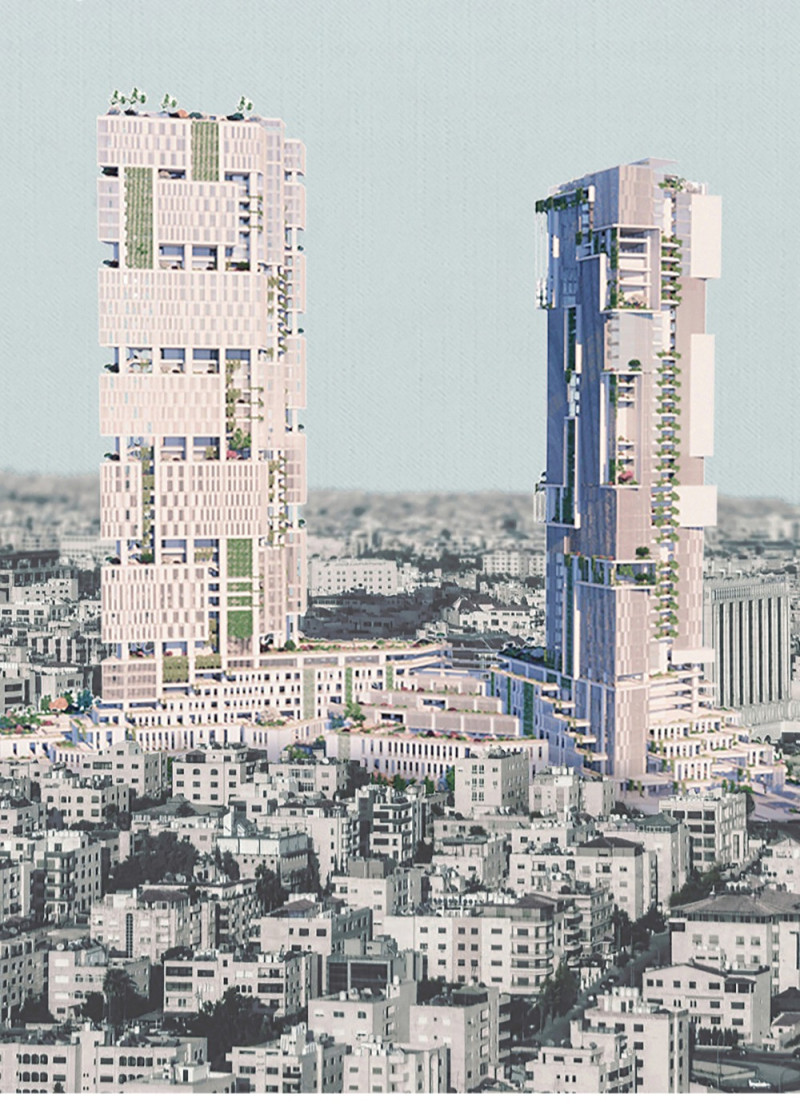5 key facts about this project
The architecture of SkyHaven embodies a new paradigm for urban development, promoting community engagement while respecting the historical context of the site. The design aims to create a self-sustaining environment, integrating elements of nature within the urban fabric. This innovative approach makes SkyHaven a framework for future urban architectural strategies, emphasizing the importance of ecological integration within the built environment.
Unique Design Approaches
One of the defining features of SkyHaven is its emphasis on vertical gardens and green rooftops. These features not only enhance the aesthetic quality of the towers but also provide ecological benefits, such as improved air quality and reduced urban heat. The incorporation of these elements reflects a commitment to environmental resilience and sustainable design, which is increasingly relevant in urban planning.
Additionally, the project's focus on communal spaces represents a significant shift in architectural design. By creating open areas for social interaction and leisure activities, SkyHaven facilitates community bonding and enhances quality of life for its residents. The interconnected circulation paths, designed for easy accessibility, further promote interaction and allow for seamless movement throughout the development, distinguishing SkyHaven from conventional residential projects.
Functional Integration of Spaces
SkyHaven’s design includes a mix of adaptable living units, co-working spaces, and recreational facilities, all incorporated into the existing tower structure. This multifunctionality maximizes the use of space and meets the diverse needs of urban dwellers. The architectural design emphasizes flexibility, allowing for various uses of spaces based on changing community requirements.
The thoughtful arrangement of residential units alongside commercial spaces encourages a vibrant urban lifestyle. The design also incorporates permeable surfaces and landscaping that facilitate natural drainage and enhance biodiversity, ensuring the project contributes positively to the local ecology.
SkyHaven represents a forward-thinking approach to urban architecture, combining functionality with sustainability and community orientation. For more detailed insights into the architectural plans and sections, readers are encouraged to explore the project's presentation, which offers a comprehensive overview of the design elements and architectural ideas inherent in SkyHaven.























